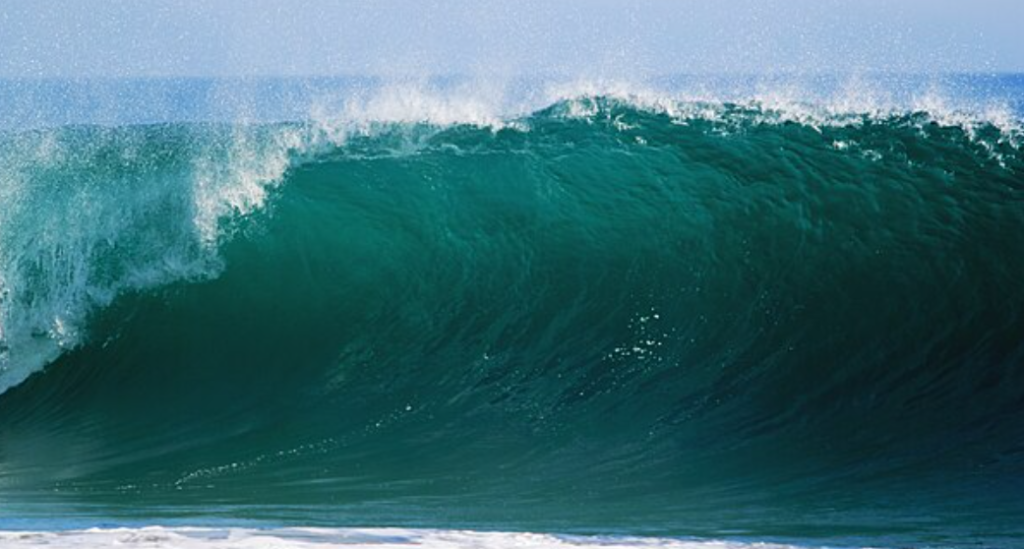From record-breaking surf waves to colossal natural disasters, discover the staggering heights waves can reach and the forces behind them.
Others are reading now
Waves have always fascinated me, whether they are the massive swells surfed by adrenaline junkies or the towering walls of water resulting from natural disasters.
But how high can waves really get?
According to the Danish science magazine Illusteret Videnskab, the highest wave ever recorded in history occurred in Lituya Bay, southeast Alaska, on the night of July 9, 1958.
This mega tsunami reached a staggering height of 1,720 feet (524 meters). The wave’s height was determined by observing how high up the plants and soil had been stripped from the slopes around the fjord.
Also read
The wave was triggered by a massive landslide, where 30 million cubic meters of rock and ice plummeted nearly a kilometer into the 722-foot-deep (220-meter-deep) fjord.
The landslide itself was caused by an 8.3 magnitude earthquake.
Nature’s Surprising Giants
Waves created by wind can also reach impressive heights, though not as extreme as those caused by geological events.
In October 2020, German surfer Sebastian Steudtner set the world record by surfing a 26.21-meter (86-foot) wave off Praia do Norte in Portugal. These wind-driven waves are also known as “monster waves” or “rogue waves.”
Prior to 1995, such waves were deemed mythical and often referred to as “skipper’s crowns.” They seemed impossible under then-current wave theories.
The breakthrough came on January 1, 1995, when a laser-based wave height meter on the Norwegian drilling platform Draupner in the North Sea detected an 84-foot (25.6-meter) wave amidst 39-foot (12-meter) waves.
This finding confirmed the existence of monster waves, which have since been repeatedly observed using satellites and sea drones.
The explanation for these giant waves lies in quantum physics.
Researchers have mathematically described how wave energy can focus within a group of similarly high waves. This focusing effect can cause one wave to suddenly become a “monster wave” at the expense of its neighboring waves.
This phenomenon can happen within minutes, making these waves particularly dangerous and unpredictable.


